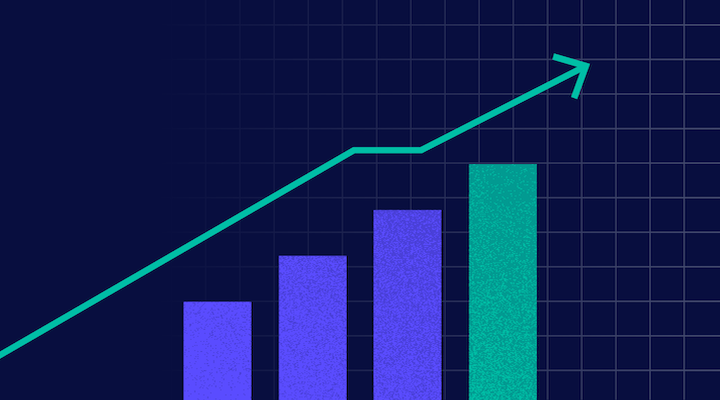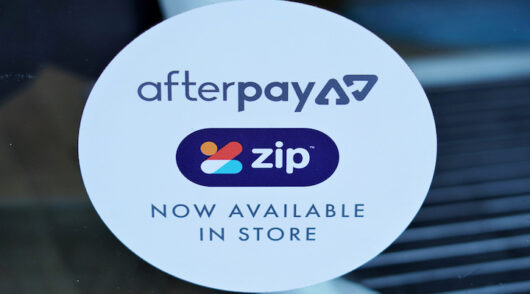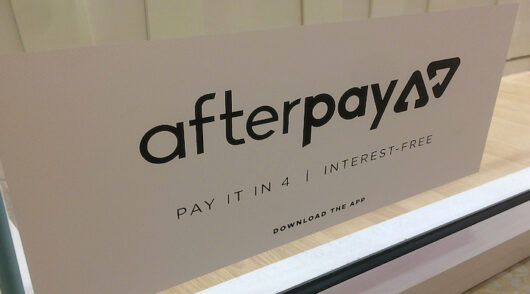The global chargeback volume is estimated to have reached $615 million in 2021. That number highlights the dual nature of e-commerce’s rapid growth – it’s a land of endless possibilities not just for businesses and consumers but also for fraudsters. It doesn’t have to be, though.
In 2012, Riskified set out to solve this problem, pioneering the chargeback guarantee model of fraud prevention. It’s based on machine learning technology and offers merchants complete liability and cost shift on all fraud-related chargebacks. With chargeback guarantee, merchants cut their fraud costs, lift approval rates, and take on challenges risk-free. It removes friction from the purchase funnel, helping merchants exceed customer expectations and boost retention and loyalty.
These are all great promises, of course, but Riskified wanted actual numbers to quantify the impact. Here’s the first one: 594 per cent return on investment over three years.
The Total Economic Impact of Riskified chargeback guarantee fraud solution
Riskified commissioned a Total Economic Impact study from Forrester Consulting on the business benefits of its fraud prevention platform. Forrester interviewed four of Riskified’s existing customers across several geographies and industries to create a composite global e-commerce business. This composite merchant had annual e-commerce revenue of $2.5 billion and a pre-Riskified approval rate of 93 per cent.
The key challenges this composite organisation was dealing with while using legacy or in-house solutions were:
- 15 to 20 per cent false declines, leading to revenue losses.
- Manual review, resulting in long approval times and unhappy customers, as well as added stress during seasonal peaks.
- An inability to adapt to new fraud trends and methods.
- All these also compounded into penalties from payment vendors.
How did Riskified rise to meet these challenges?
Higher approval rates. Overall, Forrester found that the composite merchant had an incremental profit margin of 60 per cent for the additional sales enabled by Riskified. This profit came with fewer associated costs since these sales were included in previous expenses such as marketing. After three years, the composite organization experienced an approval rate lift of 6 per cent.
Automatic review and machine-learning modeling. Pre-Riskified, 5 to 10 per cent of transactions required manual review. With Riskified, interviewees reported the number of permanent fraud analysts they required dropped by 75 to 88 per cent, and they no longer needed to onboard seasonal analysts. Furthermore, the insights provided by Riskified’s platform boosted the efficiency of the fraud teams, enabling real-time and more accurate adaptation to the shifting fraud landscape.
Fraud mitigation. Riskified’s business model means merchants only pay a fee for approved transactions, for which Riskified assumes 100 per cent liability. It not only shifts risk away from the merchants but ensures Riskified is incentivised to constantly improve its fraud prevention technology to maintain a low chargeback rate. Pre-Riskified, the composite organisation spent 0.49 per cent of its total revenue on chargeback claims (including labour costs and processing fees). After three years, the composite organisation eliminated $13.1 million in chargebacks.
When considering these factors and several others, Forrester found that Riskified’s fraud prevention platform offered the composite merchant an ROI of 594 per cent over three years. Yes, you read that right.
Want to dive into the details? Download a complimentary copy of the study here.






